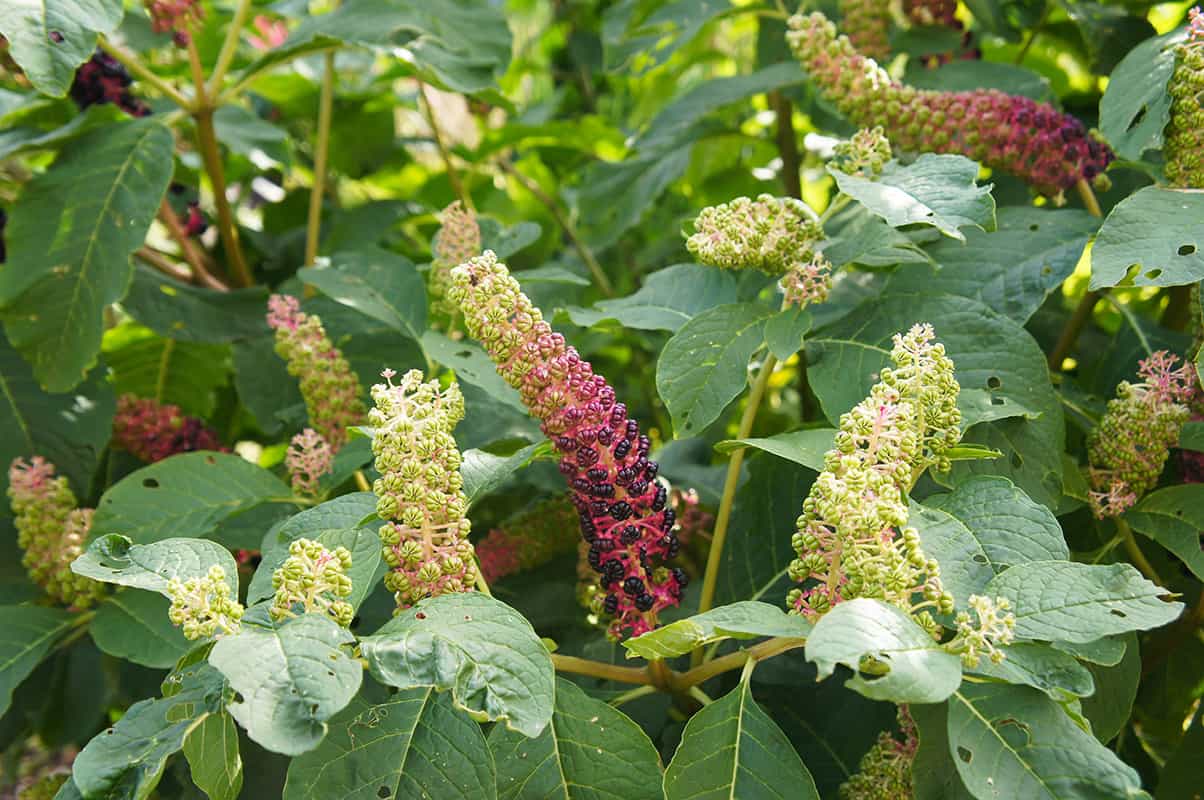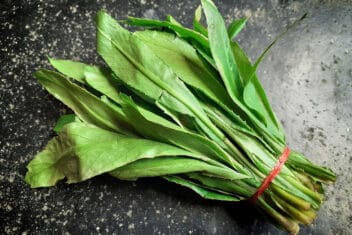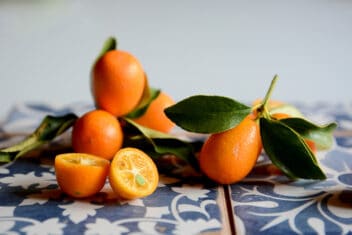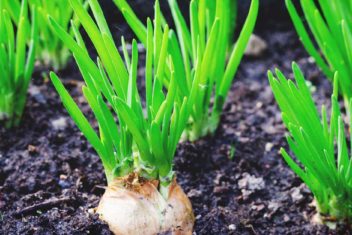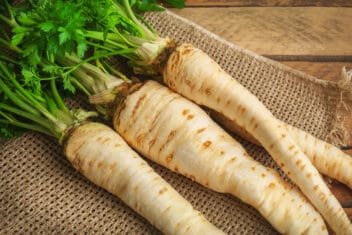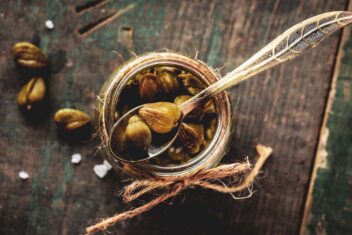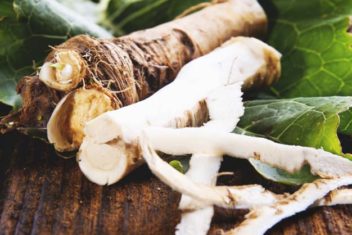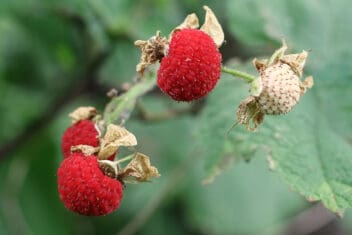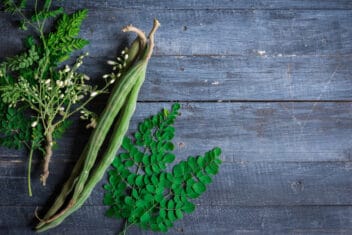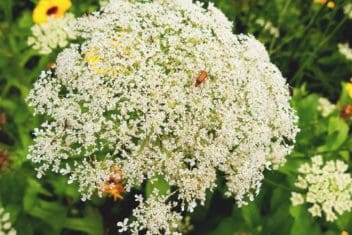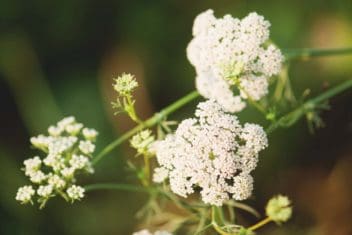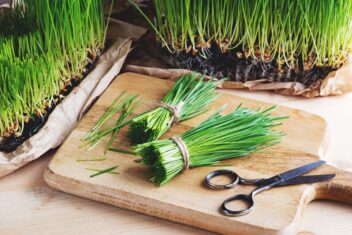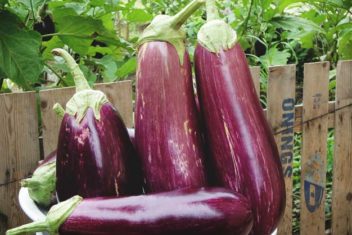Pokeweed has a reputation as a weed, but this native plant has a range of uses. That’s why more people are growing the misunderstood pokeweed plant.
Sometimes known as pokeberry, poke, pokeroot, inkberry, American nightshade, and poke sallet, it has been used as medicine, to make ink, as an ornamental, and even as food.
If you want to try growing this underappreciated plant, stick around and see how easy it is.
What is Pokeweed?
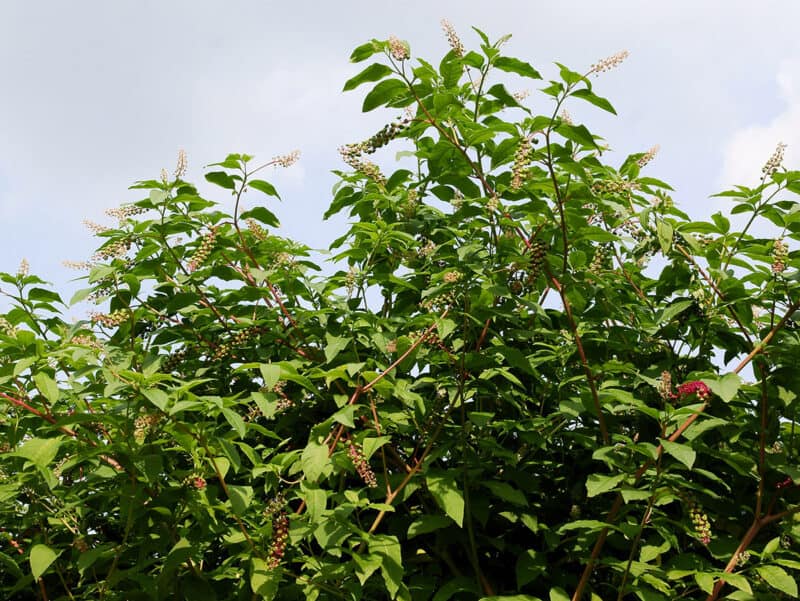
Pokeweed (Phytolacca americana) is native to the eastern and southern parts of the United States. These days, it has naturalized across the country, and a few areas classify it as an invasive weed.
But despite its current negative reputation in some places, it has a fantastic history in the US and is popular to this day in the South, where people create a spring dish called poke sallet (slang for salad) out of the tender spring leaves.
Some people also still value the plant for its medicinal uses and as a natural dye.
European immigrants cultivated this plant as an ornamental and for its flowers and berries. Native American Indians used the berries to dye the horses they used in battle and to dye textiles. During the civil war, soldiers used the berries as ink.
More recently, the berries have been used as a lip stain, as Dolly Parton famously wrote about.
Pokeweed is a hardy perennial normally spread by birds who eat the berries, which are toxic to humans. The plant is a host to the giant leopard moth.
This “weed” can grow up to 12 feet tall and six feet wide. The leaves can grow up to 12 inches long, and the plants attract many birds to your garden.
If you plan to eat it, plant new pokeweed each year. I will never harvest from mature plants in the wild because the older they are, the more toxic they are.
Because some regions say pokeweed is invasive, you need to make sure it’s okay to cultivate in your area. It also has the potential to take over the garden where you plant it.
Consider planting in containers or behind a shed or building that faces the morning and early afternoon sun but is separated from your vegetable garden.
You can plant by seed, but planting by root in the winter is also reliable and easy.
How to Plant Pokeweed
Pokeweed grows pretty much anywhere, but does best in zones 4 to 8.
It grows in full sun or partial shade. On the edges of a wooded area, just as you step from the shade to the sun is where you will often find pokeweed growing wild.
When it comes to soil, pokeweed is not fussy at all. It grows anywhere and everywhere. Aim for a pH anywhere between 4.7 and 8.0.
Plant in a small area away from the main garden, so it doesn’t spread into your other plantings. I chose a patch behind a shed where it faced the sun but was blocked from the rest of the garden by the building.
Plant pokeweed three feet apart, and the rows should be four feet apart. Plant closer if you intend on harvesting the young leaves and then removing the plant.
Planting Seed
If you want to collect the seeds, you can do so from the berries. Each plant can produce tens of thousands of berries (so it’s no wonder birds spread it far and wide).
Remember to wear gloves because the berries stain everything and are toxic. Some people are sensitive and react even when they touch pokeweed.
Crush the berries in water and allow them to soak for two days. If any seeds float to the surface, throw them away because they won’t germinate.
Drain the rest of the seeds and dry them on a paper towel. Once dry, place in a plastic zip-lock bag and put the bag in the fridge.
Keep the bag at around 40°F for at least three months. Cold stratification is required for successful germination.
In spring, when the weather is warm, spread the seeds out on compost-rich soil and cover lightly. Once germination starts, thin out to about three feet apart.
You can also let the plant self seed. Remove the mature plants and allow the new plants to grow when they emerge the following year.
Planting Root
Pokeweed is a prolific grower and reminds me of comfrey, where one small piece of root left in the ground grows into a new plant.
Plant a small piece of root in winter about six inches deep and cover well. The pokeweed will germinate when temperatures are right.
Container Planting
You can plant pokeweed in containers, but remember to have the containers well away from where people congregate or you have furniture, like a deck or patio.
This is because the berries may be tempting to children, or people with a sensitivity to the plant don’t want to touch it accidentally. Plus, the berries will stain as they fall from the bush.
Use a deep pot to accommodate the long taproot pokeweed forms.
To plant, put potting mix in a container and add a little well-rotted compost. Cut it back in the winter, and it will resprout in spring the next year. This also helps keep the size under control.
Water well, but don’t worry about feeding.
Caring for Pokeweed
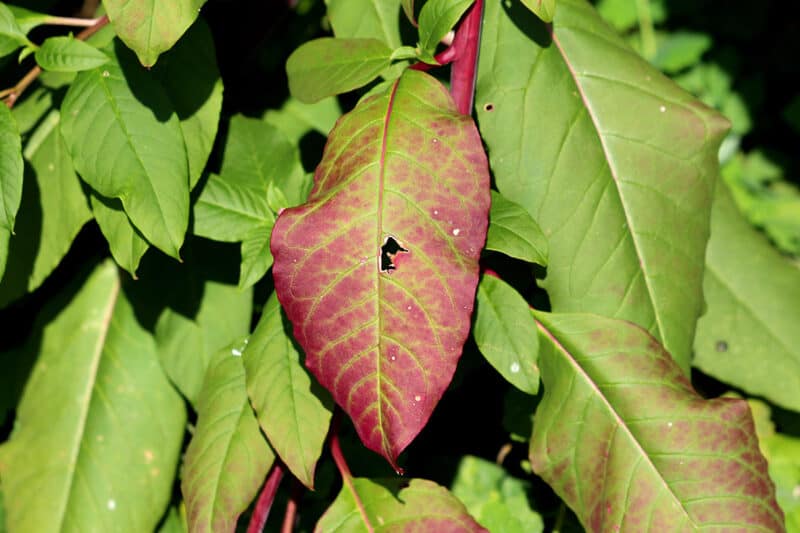
Once pokeweed starts growing, it really is simple and easy to keep it going.
I don’t fertilize pokeweed. As long as the soil or container mix is fertilized before planting, pokeweed will thrive.
I dug in well-rotted manure and compost for my patch behind the shed and left it at that.
Water pokeweed well, but don’t obsess about it. At the end of the day, it grows and survives pretty much everywhere.
If you are going to eat the young leaves in poke sallet, keep it watered and don’t allow it to struggle, or you’ll end up with a bitter flavor.
Companion Planting for Pokeweed
Remember the toxicity of pokeweed? My rule is, don’t plant it amongst other edible plants. Accidentally picking the leaves when picking other vegetables is a dangerous risk.
I send my kids to pick salad ingredients, and I don’t want pokeweed in the bowl.
Plant with:
- Milkweed
- Red clover to attract bees
- Borage
I’ve planted those three with three pokeweed plants, and they took up the entire patch behind my garage.
Common Problems and Solutions for Growing Pokeweed
Pokeweed is one plant that really takes care of itself and isn’t bothered by much.
Mosaic Virus
This is one disease that affects many plants across the United States.
Look for yellowing, stunted, and/or curled leaves. You may also see yellowing of the leaf veins or overall stunted growth.
Bugs spread mosaic virus after they overwinter on perennial weeds. Pests like aphids often spread it, but in the case of pokeweed, it’s more likely to have been spread at the time of planting.
- Spray with neem oil when you treat all your other plants.
- Remove all weeds surrounding the plant.
- Don’t collect seeds from a plant infected with mosaic virus.
Harvesting Pokeweed
This is where we have to be serious because using the leaves at the wrong time of year can be toxic. If you don’t prepare the leaves properly, you can also expose yourself to toxins.
Done right, the cooked leaves have a wonderful flavor that tastes something like a spinach and asparagus mixed together.
How do you tell if the leaves are harvestable?
- Pick new, young, small spring leaves.
- Harvest the leaves before berries begin to form.
- Once flowers have formed, you can still eat the leaves, but be quick because it’s the end of the harvesting period.
- If the berries have formed and are all still green, don’t harvest them.
- Once the berries turn purple, stay away from the leaves. They’re toxic to humans and livestock at this point.
The older the pokeweed, the more toxic it becomes.
Here’s how to prepare poke sallet:
- Pick a bunch of fresh, spring leaves (no stalks) and cover with water. Boil until tender.
- Drain and repeat two more times.
- Cook bacon in a pan and remove.
- Sautee sliced onions in the bacon grease.
- Add the drained poke leaves.
- Crack a couple of large eggs in and stir to scramble.
- Add the crumbled bacon and season to taste.
Use extreme caution when eating pokeberry leaves. Some experts suggest avoiding them altogether because even young leaves can contain toxins. Still, many people in the South eat the plant every spring.
Pick the berries when they are ripe and dark purple to use as a dye.
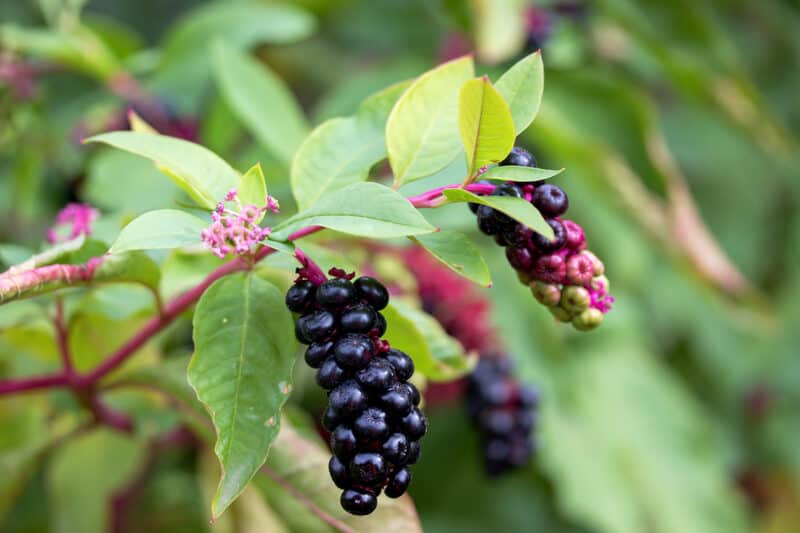
The Bottom Line on Pokeweed
Pokeweed is revered by many, particularly in the south. Festivals are held each year to celebrate poke sallet and the many ways it can be made.
If you’re interested in pokeweed, ask someone who is experienced in growing and cooking with it. Or better still, go to one of the festivals and experience it prepared by experts.
I was lucky and had a neighbor who grows it every year and they gave me all the tips and tricks I needed.
Remember: Pokeweed is toxic and only the new, fresh spring leaves are used for cooking. Even then, a few water changes when you boil them is required.
